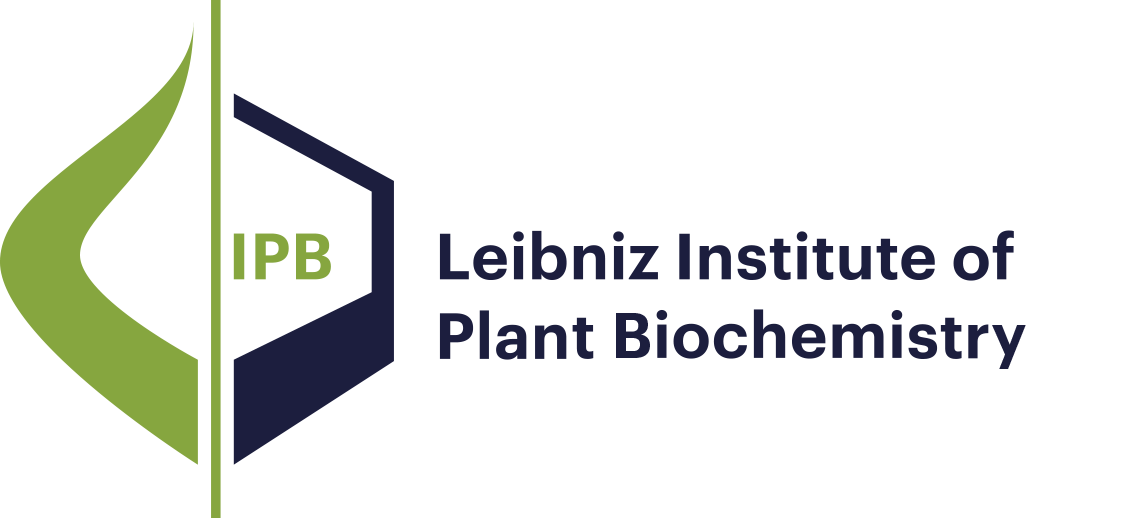- Results as:
- Print view
- Endnote (RIS)
- BibTeX
- Table: CSV | HTML
Publications
Publications
Research Mission and Profile
Molecular Signal Processing
Bioorganic Chemistry
Biochemistry of Plant Interactions
Cell and Metabolic Biology
Independent Junior Research Groups
Program Center MetaCom
Publications
Good Scientific Practice
Research Funding
Networks and Collaborative Projects
Symposia and Colloquia
Alumni Research Groups
Publications
Apocarotinoide werden durch hochspezifische Spaltungsreaktionen oxidativer Enzyme an den Doppelbindungen von Carotinoiden maßgeschneidert. Es können neue Chromophore entstehen, die zusätzliche Nuancen des gelb‐roten Farbspektrums eröffnen. Farblose C13‐Apocarotinoide können potente Duft‐ und Aromastoffe sein. Viele Apocarotinoidfunktionen mit Hormoncharakter sind lange bekannt (Abszisinsäure in Pflanzen, Trisporsäure in Pilzen, Retinsäure in Säugern). Eine neue Klasse von Apocarotinoid‐Pflanzenhormonen, die die Sprossverzweigung der Pflanzen mitbestimmen, wurde kürzlich als Strigolactone identifiziert. In ihrer Biosynthese wie auch in der von mykorrhizainduzierten C13/C14‐Apocarotinoiden treten mehrstufige aufeinanderfolgende Carotinoidspaltungsreaktionen auf. Das Wissen über Synthesewege und Funktionen von Apocarotinoiden eröffnet neue Perspektiven für Anwendungen im Zierpflanzenbau, bei der Bekämpfung parasitischer Unkräuter und in der Beeinflussung von Blütendüften und Fruchtaromen.
Publications
Oxidative tailoring of C40 carotenoids by double bond-specific cleavage enzymes (carotenoid cleavage dioxygenases, CCDs) gives rise to various apocarotenoids. AtCCD1 generating C13 and C14 apocarotenoids and orthologous enzymes in other plants are the only CCDs acting in the cytosol, while the hitherto presumed C40 substrate is localized in the plastid. A new model for CCD1 action arising from a RNAi-mediated CCD1 gene silencing study in mycorrhizal hairy roots of Medicago truncatula may solve this contradiction. This approach unexpectedly resulted in the accumulation of C27 apocarotenoids but not C40 carotenoids suggesting C27 as the main substrates for CCD1 in planta. It further implies a consecutive two-step cleavage process, in which another CCD performs the primary cleavage of C40 to C27 in the plastid followed by C27 export and further cleavage by CCD1 in the cytosol. We compare the specificities and subcellular locations of the various CCDs and propose the plastidial CCD7 to be the first player in mycorrhizal apocarotenoid biogenesis.

